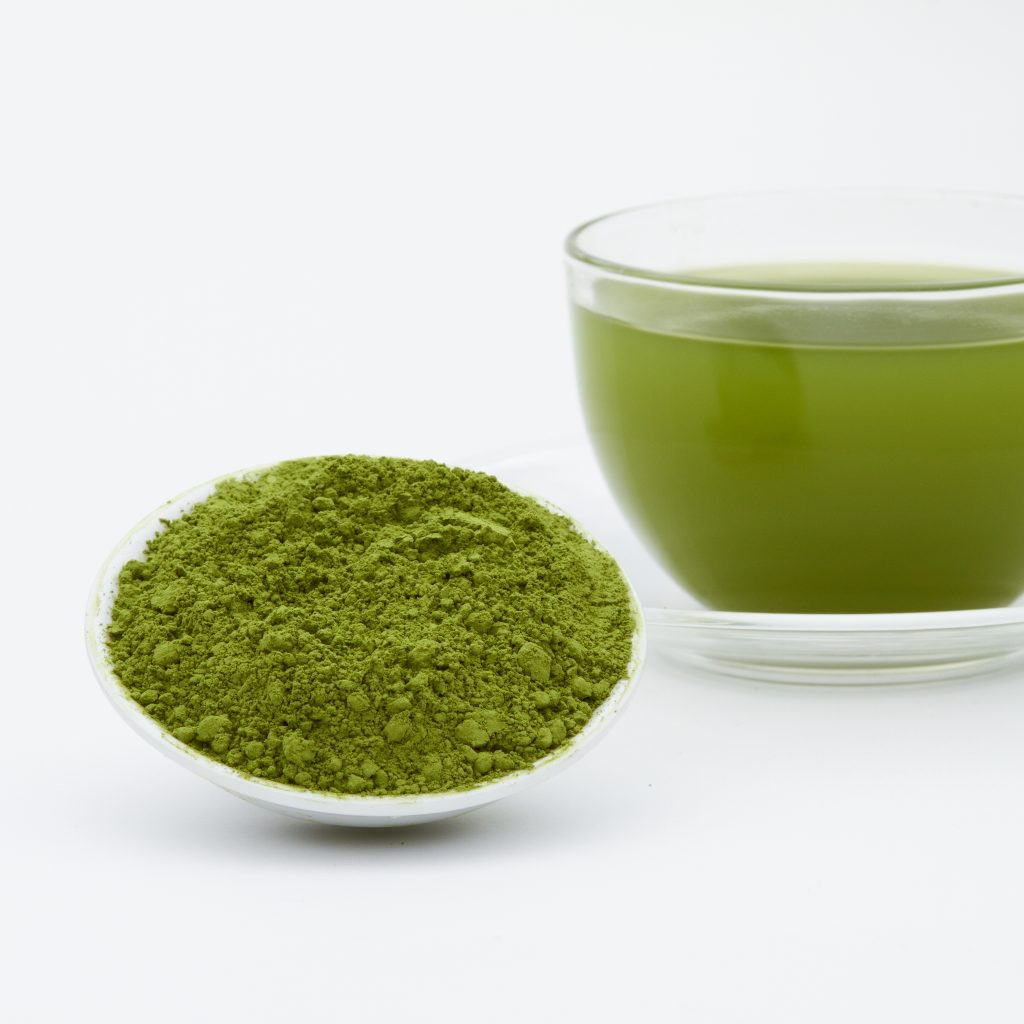What is Matcha?
Matcha literally translates to mean ‘ground tea’. Eighty percent of matcha produced in Japan come from Uji, Japan. Typically, around six weeks before harvest, the Tencha leaves are covered to reduce the amount of light to the plants. Doing this decreases the amount of photosynthesis in the plant and increases chlorophyll, giving Matcha its signature green color. This process also adds amino acids giving the tea its intense umami flavor profile. The newest and youngest parts of the plant are harvested, the leaves at the tip of the new shoots, and are then sorted into grades. These Tencha leaves are then destemmed, deveined, and then ground slowly and gently to produce Matcha powder.
How to Prepare Matcha and the Matcha Ceremony
Tea has been a large part of Japanese society for centuries. Tea ceremonies originate from the days of the samurai’s and was meant for the elites. The current Matcha ceremony has been unchanged for 450 years. The ceremony was originally practiced solely by men however as demand increased it was taught to females. Today it is commonly studied as a hobby.
The tea ceremony has four principles:
Peace and harmony– All participants must have an open mind.
Respect– This must be given to the visitors host, utensils, and bowl. Many of the items used are expensive and it is said a bowl can be exchanged for a castle.
Purity– The space, utensils, and persons should be purified before and after the ceremony. The host will use a silk cloth throughout the ceremony and the color is significant: green/purple masculine, orange for feminine.
Tranquility– Harmony, small sounds, being quiet lets the participants hear smaller sounds.
The ceremony has many steps. The front part of the bowl faces the person and the artists name is on the bottom left. The bowl is turned clockwise twice before drinking or passing to someone. The ceremony is not considered a social event and is like meditation. There is no speaking during the ceremony so to show appreciation for the tea or ceremony the participant will slurp while finishing the bowl. When finished, the drinker will purify the bowl by rubbing the bowls lid with their finger and will wipe their finger on a cloth. After serving the tea a discussion can take place, but politics and religion are off limits.
A casual ceremony will last 45 minutes where a more formal can take place for 2-3 hours. Tea ceremonies take place at a tea house and can take place during the changes of the seasons or special occasions. Participants should not wear jewelry as it could scratch or damage the bowls. Watches are also discouraged, participants should not be worried about time.
The ceremony is an exercise of enjoying the moment. Each ceremony is a once in a life time opportunity; It will never be repeated.
At Short and Stout Tea Lounge, we have many of the necessary tools to experience a similar experience at home. Matcha bowls, whisks, rests, and spoons are found in our accessories. We are also making it easier to experience Matcha in your favorite drink. Ask to upgrade any tea at the lounge with a shot of Matcha, giving you the health benefits of this experience with your favorite taste.

